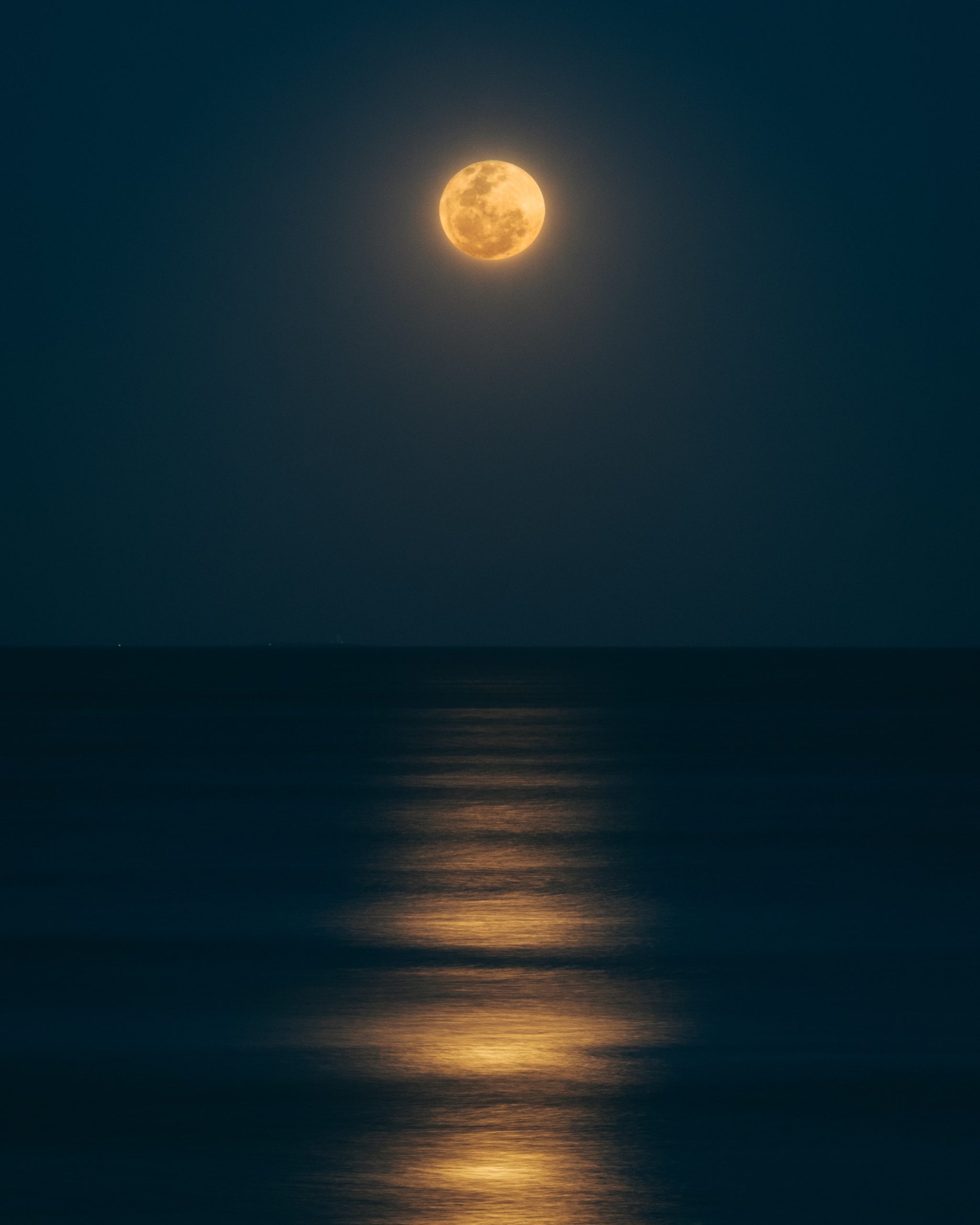The Mid-Autumn Festival: Celebrating Traditions, Family, and Harvest
Table of Contents
- Introduction
- Historical Background
- Legends and Myths
- Symbolism of the Festival
- Traditional Activities
- Food and Mooncakes
- Modern Celebrations
- Conclusion
Introduction
The Mid-Autumn Festival, also known as the Moon Festival, is a significant traditional celebration in many Asian cultures, particularly in China, Vietnam, and Taiwan. Held on the fifteenth day of the eighth lunar month, usually falling in September or October according to the Gregorian calendar, this festival is marked by vibrant lantern displays, the exchange of mooncakes, and various customs and activities.
In this blog post, we will delve into the historical background, legends, symbolism, traditional activities, food, and modern celebrations associated with the Mid-Autumn Festival.
Historical Background
The Mid-Autumn Festival traces its origins back over 3,000 years to ancient China’s Zhou Dynasty (1046-256 BC). During this period, the Chinese emperor would organize grand ceremonies to worship the moon and offer sacrifices to signify the end of the autumn harvest. The festival also served as an occasion for family reunions after the agricultural work was completed.
Over time, the festival became widely celebrated among the general population and took on various cultural and regional traditions. Its significance expanded beyond agriculture to encompass folklore, spirituality, and the expression of gratitude.
Legends and Myths
The Mid-Autumn Festival is enriched with captivating legends and myths that have been passed down through generations. One popular legend revolves around the Chinese goddess of the moon, Chang’e, and her husband Houyi, a legendary archer.
According to the legend, ten suns appeared in the sky, scorching the earth and threatening humanity. In an extraordinary feat, Houyi successfully shot down nine suns and saved the world. As a reward, he was given a mystical elixir of immortality. However, Houyi did not consume it and instead entrusted it to Chang’e.
Jealous of their power, a wicked apprentice tried to steal the elixir while Houyi was away. To prevent its theft, Chang’e consumed the elixir herself, ascended to the moon, and became the Moon Goddess. On the night of the Mid-Autumn Festival, people believe that Chang’e dances on the moon, and offerings are made to honor her and pray for good fortune.
Symbolism of the Festival
The Mid-Autumn Festival is replete with symbolism, reflecting the values and aspirations of the people celebrating it.
The round shape of the moon symbolizes completeness, unity, and reunion, representing the desire for family cohesion and harmony. The moon is also associated with Yin energy, which represents femininity, tranquility, and enlightenment.
The lanterns that illuminate the night during the festival signify brightness, hope, and positive energy. They come in a variety of shapes and designs, with some resembling animals, zodiac signs, or traditional symbols.
Additionally, the festival is intertwined with themes of gratitude, abundance, and the celebration of nature’s bountiful harvests.
Traditional Activities
The Mid-Autumn Festival is a time of joyful celebration and is marked by various traditional activities.
1. Appreciating the Moon: Families and friends gather in open spaces, such as parks or rooftops, to admire and appreciate the beauty of the full moon together. Some even organize special outdoor performances, such as poetry readings or musical recitals.
2. Lantern Displays: Elaborate lantern displays take center stage during the festival. Colorful lanterns, crafted from paper or silk, are shaped like animals, flowers, or legendary figures. The lanterns symbolize the illumination and guidance provided by the moonlight.
3. Burning Incense: Burning incense sticks is a common practice during the Mid-Autumn Festival. People visit temples and light incense to pay respect to deities and ancestors, seeking blessings for health, prosperity, and a harmonious life.
4. Dragon and Lion Dances: Festivities often include lively and energetic dragon and lion dances. These vibrant performances, accompanied by drums and cymbals, are believed to bring good luck, drive away evil spirits, and enhance positive energy.
Food and Mooncakes
No celebration is complete without delightful culinary delights, and the Mid-Autumn Festival is no exception.
1. Mooncakes: Mooncakes are the iconic traditional treat of the Mid-Autumn Festival. These round pastries are typically filled with lotus seed paste, red bean paste, or mixed nuts and are often adorned with intricate designs on top. Mooncakes symbolize unity, as they are shared among family and friends. Nowadays, various innovative flavors and fillings have emerged, catering to different taste preferences.
2. Pomelos and Persimmons: During the festival, it is common to indulge in fruits such as pomelos and persimmons. Pomelos represent abundance, while persimmons symbolize good luck and a prosperous future.
Modern Celebrations
In contemporary times, the Mid-Autumn Festival has evolved to reflect the changing cultural landscape while preserving its rich traditions.
1. Festive Events: Many cities and communities organize large-scale events to celebrate the Mid-Autumn Festival. These can include lantern exhibitions, performances by renowned artists, cultural parades, and fireworks displays. These events bring people together, fostering a strong sense of community and cultural pride.
2. Online Celebrations: With the advent of technology, online celebrations have gained popularity. People connect through virtual platforms, sharing greetings, mooncake recipes, and even organizing virtual lantern-making workshops or storytelling sessions.
3. Creative Lantern Designs: Contemporary lantern designs have become more artistic and diverse. In addition to traditional lanterns, lantern-making contests encourage creativity and innovation by incorporating elements from other cultures or incorporating modern materials.
Conclusion
The Mid-Autumn Festival is a cherished celebration steeped in history, folklore, and cultural significance. It highlights the importance of family reunion, expresses gratitude for nature’s abundance, and fosters a sense of unity and harmony. Whether through the exchange of mooncakes, colorful lantern displays, or traditional activities, this festival brings joy to millions around the world.
As we gaze at the radiant full moon during the Mid-Autumn Festival, let us appreciate the beauty of the traditions, legends, and values that make this festival so special.
References:
Table of Contents
